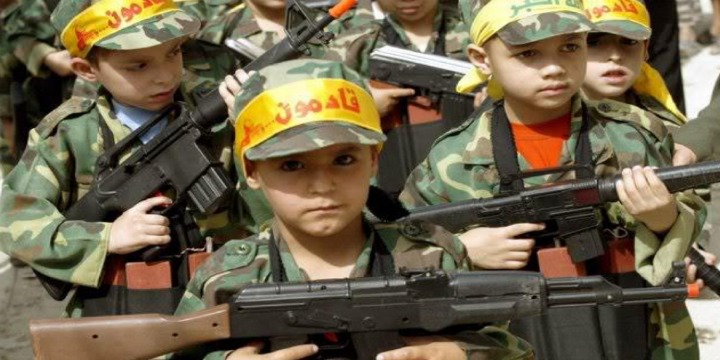-
- Recruiting and enlisting underage soldiers is a war crime.
- Child soldiers are still recruited in many countries today.
- The physical and psychological effects of child soldiering are severe.
Apart from the conflict in Ukraine, war is not a trending issue on social media. Nevertheless, in many parts of the world today, armed conflict and all its brutal sorrows are still with us. Moreover, too many of today’s conflicts involve child soldiers. The United Nations declared February 12 to be International Day Against the Use of Child Soldiers, but it doesn’t seem too concerned about them during the rest of the year. According to Emeline Wuilbercq of the Thomas Reuter’s Foundation, thousands of boys and girls are still used in combat – as fighters and in other roles – in at least 14 countries.
One might imagine that recruiting child soldiers involves kidnapping them, or taking them by force – and that is often the case during war or under conditions of desperate poverty. But recruitment also takes place brazenly, right out in public. In 2021, 50,000 Palestinian children were recruited to Hamas indoctrination summer camp, where they were taught to prepare for armed conflict with Israel. They were taught methods to kidnap soldiers, and they learned how to assemble, load, and shoot weapons. These “campers” used computer simulators to practice shooting Israeli soldiers and police officers at the Temple Mount and al-Aqsa Mosque. Other simulations included anti-tank missiles that fired at Israeli targets. Hamas, the terrorist group that governs Gaza, said the youth need to be ready to make “sacrifices,” which appears to be the terminology used to describe recruiting them to be killed. Indeed, children and teenagers are regularly found on the front lines of confrontation and so-called “lone wolf” terror attacks in the region.
Read the article by Renee Garfinkel in Psychology Today.

